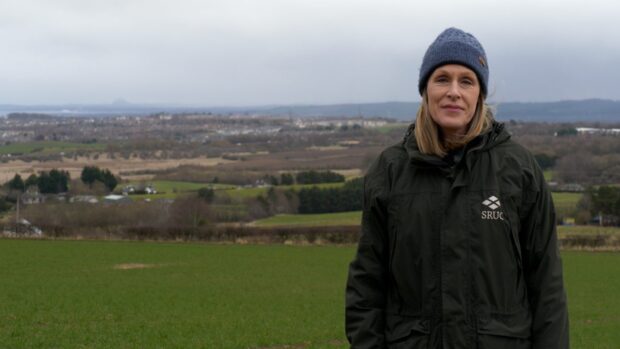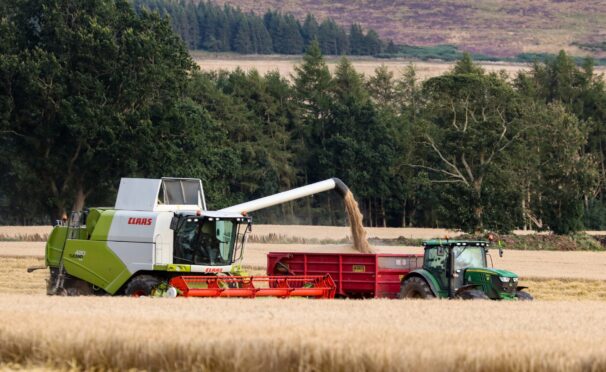The 2024 harvest, now underway, marks the end of an arable cropping season that many will be glad to close off and leave behind.
The season that kept on taking started with heavy rain and multiple storms in the autumn of 2023, and the impacts on winter crops remained obvious throughout the season so expectations of yield were low.
Areas of crop that had been underwater struggled and where there was soil erosion and run-off large expanses were lost completely.
Some areas of winter crop were redrilled to spring crop but many poorish winter crops ended up being kept because the prospects for the spring crop also seemed to dwindle, with rain pushing opportunities to drill later and later.
Ultimately spring drilling was delayed until well into May. Further pressures were added as persistent wet weather through the season lead to ideal disease conditions in many crops, and relatively high disease burdens.
When we did get better weather in May there was a backlog of field work, with drilling often taking priority over other agronomy work so possibly some disease also got in where spray timings were delayed or compromised.
We saw some complex tank mixes going on as people struggled to catch up with everything from herbicides, growth regulators, trace element and fungicide requirements.
Despite that gloomy start, yield expectations might not be as bad as first feared, although certainly not barn busting. The upside of the rain after spring crops went in was that (in contrast to last year) the spring crops came through well and grew rapidly and there was even some concern that some were too lush.
Grass yields have been good and there are really positive reports of rye yields grown for Anaerobic Digestate.
Of the arable crops, winter barley harvest is the furthest progressed at the moment and yield reports to date, particularly for the two-rows, have been only marginally below average so better than expected given their start.
Yield and quality in the hybrids may have suffered a bit more and we’ve had a few reports of lots of small grains or ‘needles’. The two-rows seem to have had fewer peas than usual but these were larger.
Harvest for the other crops seems slow to start. The speed of ripening in oilseed rape definitely slackened and it has taken a while for seeds to be fully ripe so it looks like a later than usual harvest there, with just the occasional start made so too early to say much on yield.
Wheat is also some way off although the colour has dropped out of crops now. Septoria and yellow rust tended to come in later than usual but differences between varieties are pretty stark with older weaker varieties like Skyscraper noticeably dirtier than more resistant varieties like Blackstone and KWS Zealum.
The wet weather over flowering and ripening has led to sooty moulds and other ear diseases. All this adds up to the expectation that yields will suffer. In a recent Farm Advisory Service (FAS) webinar, growers estimates of 10% down on average wheat yields were common.
Prospects for spring barley yields obviously started low after the late start but have recovered since. The wet weather has favoured ramularia which is troubling some crops. Heads look small – possibly half a dozen ‘peas’ less than normal but in a way that is good as it could allow those grain sites present to fill better and maintain quality.
It appears the spring barley harvest will also be late – those on heavier land are still pretty green, and a late harvest in turn knocks on to plans for drilling new season crops.
Oilseed rape might struggle for spots given it really needs to be drilled in August or at a push the first week of September which seems less and less likely following spring barley. Straw might be a bit short.
Aphids have been one of the recurring issues in crops – wet weather maybe kept numbers down a bit early but there is a lot of BYDV in winter and spring cereals and, of course, aphid management in potatoes is an ongoing battle with people rogueing early and often to manage virus risks in seed crops.
With a limited pallet of insecticides and widespread resistance to pyrethroids, we have a way to go with this challenge.
Fiona Burnett – Professor of Applied Plant Pathology and Head of Knowledge Exchange and Impact at SRUC and Arable Knowledge Lead for SAC Consulting (part of SRUC).

